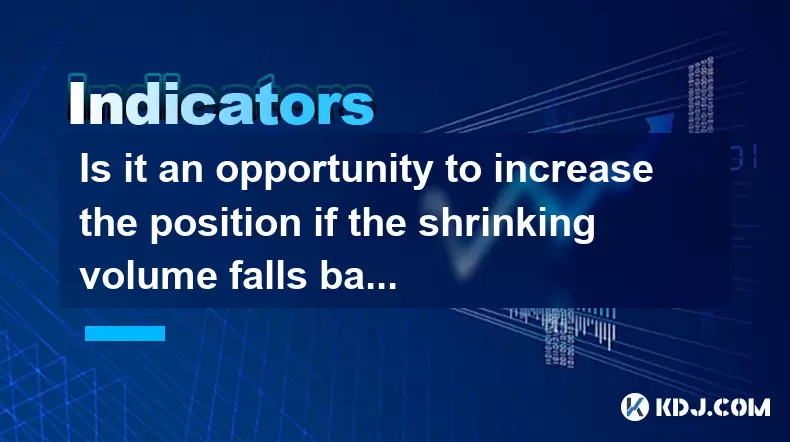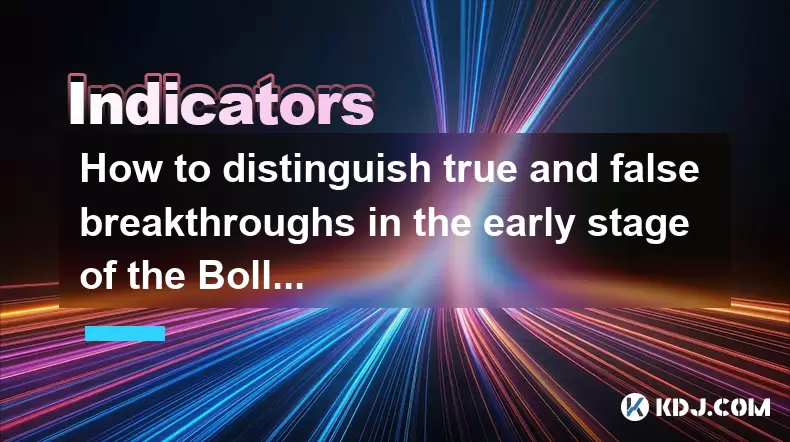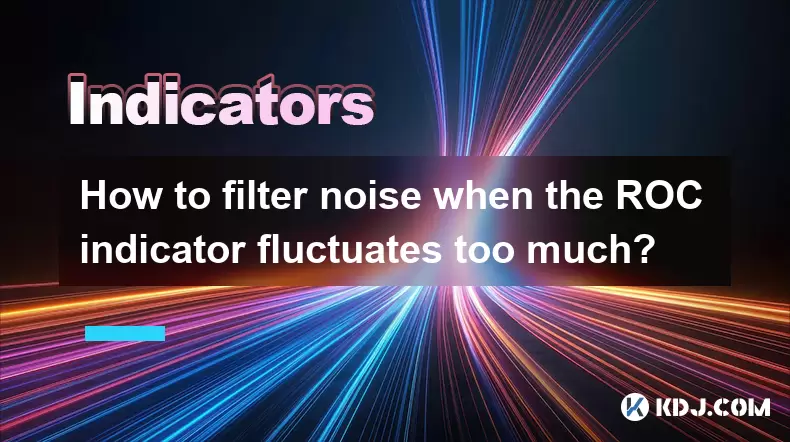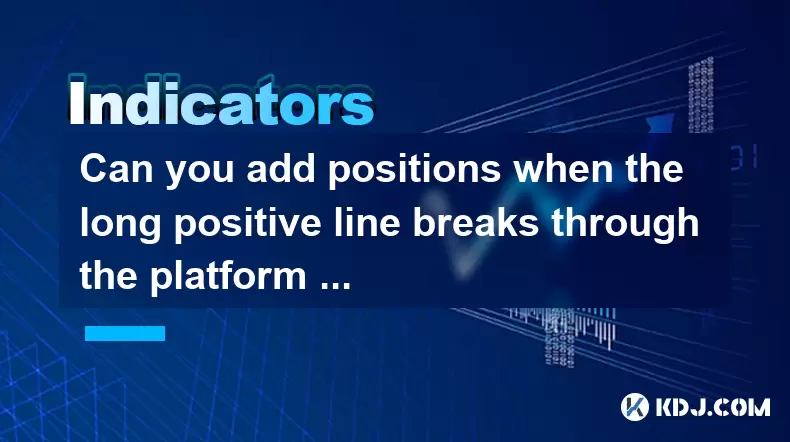-
 Bitcoin
Bitcoin $106,754.6083
1.33% -
 Ethereum
Ethereum $2,625.8249
3.80% -
 Tether USDt
Tether USDt $1.0001
-0.03% -
 XRP
XRP $2.1891
1.67% -
 BNB
BNB $654.5220
0.66% -
 Solana
Solana $156.9428
7.28% -
 USDC
USDC $0.9998
0.00% -
 Dogecoin
Dogecoin $0.1780
1.14% -
 TRON
TRON $0.2706
-0.16% -
 Cardano
Cardano $0.6470
2.77% -
 Hyperliquid
Hyperliquid $44.6467
10.24% -
 Sui
Sui $3.1128
3.86% -
 Bitcoin Cash
Bitcoin Cash $455.7646
3.00% -
 Chainlink
Chainlink $13.6858
4.08% -
 UNUS SED LEO
UNUS SED LEO $9.2682
0.21% -
 Avalanche
Avalanche $19.7433
3.79% -
 Stellar
Stellar $0.2616
1.64% -
 Toncoin
Toncoin $3.0222
2.19% -
 Shiba Inu
Shiba Inu $0.0...01220
1.49% -
 Hedera
Hedera $0.1580
2.75% -
 Litecoin
Litecoin $87.4964
2.29% -
 Polkadot
Polkadot $3.8958
3.05% -
 Ethena USDe
Ethena USDe $1.0000
-0.04% -
 Monero
Monero $317.2263
0.26% -
 Bitget Token
Bitget Token $4.5985
1.68% -
 Dai
Dai $0.9999
0.00% -
 Pepe
Pepe $0.0...01140
2.44% -
 Uniswap
Uniswap $7.6065
5.29% -
 Pi
Pi $0.6042
-2.00% -
 Aave
Aave $289.6343
6.02%
Is it an opportunity to increase the position if the shrinking volume falls back to the rising trend line?
Shrinking volume during a pullback near a rising trend line may signal a bullish continuation, especially with candlestick confirmation and strong prior trend support.
Jun 20, 2025 at 06:22 pm

Understanding the Shrinking Volume in Cryptocurrency Trading
In cryptocurrency trading, volume is one of the most critical indicators used to confirm price movements and trends. When traders observe a scenario where volume shrinks during a pullback, it can signal either a lack of selling pressure or an imminent reversal. This phenomenon often occurs when the market is consolidating before continuing its previous trend.
A shrinking volume during a pullback suggests that sellers are not aggressively pushing the price down. In many cases, this implies that buyers might soon step in to support the price. The key here is to analyze the context—if the overall trend remains bullish and the pullback doesn't break major support levels, then the drop in volume may indicate a healthy consolidation phase rather than a reversal.
What Is a Rising Trend Line and Why Does It Matter?
A rising trend line is drawn by connecting at least two swing lows in an uptrend and extending it forward as a support level. It acts as a visual representation of buying interest and helps traders identify potential entry points. When the price pulls back to this rising trend line and volume simultaneously decreases, it could be interpreted as a sign of strength rather than weakness.
The idea is that if the downtrend in price isn’t accompanied by strong selling volume, the decline may not have enough momentum to continue. Instead, the market may respect the trend line and resume its upward movement. Traders often look for candlestick patterns near such lines to validate a potential bounce.
How to Confirm the Validity of the Trend Line
Before considering any position increase based on this pattern, it’s essential to verify whether the trend line is valid and has acted as reliable support in the past. Here's how you can do that:
- Look for at least two prior touches of the trend line where the price bounced off it.
- Ensure that the trend line hasn't been broken previously without a retest.
- Check if the current pullback aligns with the general direction of the trend.
- Use other technical tools like moving averages or Fibonacci retracements to add confluence.
If the trend line has consistently held in the past and the volume dries up during the current test, it increases the probability that the trend remains intact and that the pullback is merely a temporary correction.
Combining Volume Analysis with Price Action
Volume alone shouldn’t dictate your trading decisions. Combining it with price action analysis can significantly improve the accuracy of your entries. For example, if the price approaches a rising trend line and forms a bullish engulfing candlestick pattern while volume contracts, that’s a stronger signal than volume contraction alone.
Here’s what to look for:
- A pin bar or hammer candle forming near the trend line indicating rejection of lower prices.
- A breakout candle following the pullback, showing renewed buying pressure.
- Confirmation from indicators like RSI or MACD that the asset is not overbought or oversold beyond normal levels.
This combination allows traders to filter out false signals and focus on high-probability setups. It also helps in determining risk-reward ratios more accurately.
When Should You Consider Increasing Your Position?
Increasing your position should always follow a structured approach. If the shrinking volume coincides with the price touching a rising trend line and there’s additional confirmation from candlestick patterns or indicators, then it may be a strategic opportunity to add to your long position.
However, consider the following factors before making a decision:
- Ensure that the overall market sentiment is still bullish for the asset.
- Avoid increasing positions if the trend line is too close to the current price, which may result in a tight stop-loss.
- Always set a stop-loss order below the trend line to protect against unexpected breakdowns.
- Evaluate your existing position size and risk exposure before adding more capital.
Traders who use position scaling techniques often find these conditions ideal for averaging into a trade rather than investing a lump sum all at once.
Frequently Asked Questions (FAQ)
Q: Can shrinking volume ever be a bearish signal?
Yes, shrinking volume can be bearish if it occurs during a rally rather than a pullback. If the price is moving up but volume is decreasing, it indicates weakening buyer participation, which could precede a reversal.
Q: How many times should the trend line be tested before trusting it?
Ideally, a trend line should be touched at least two to three times and hold each time to be considered reliable. More touches increase its significance.
Q: What time frame is best for analyzing this pattern?
This pattern works across multiple time frames, but higher time frames like 4-hour or daily charts tend to provide more reliable signals due to reduced noise and increased institutional participation.
Q: Should I wait for the candle to close above the trend line before entering?
It's generally safer to wait for a confirmed close above or near the trend line, especially if you're using candlestick patterns for confirmation. This reduces the risk of false breakouts.
Disclaimer:info@kdj.com
The information provided is not trading advice. kdj.com does not assume any responsibility for any investments made based on the information provided in this article. Cryptocurrencies are highly volatile and it is highly recommended that you invest with caution after thorough research!
If you believe that the content used on this website infringes your copyright, please contact us immediately (info@kdj.com) and we will delete it promptly.
- Cardano, Dogecoin, and the Altcoin Shift: What's Next?
- 2025-06-20 22:45:12
- Gold Coin, Rare, Horses: A Numismatic Roundup
- 2025-06-20 22:45:13
- Dogecoin, Shiba Inu, and the Meme Coin Mania: What's Next?
- 2025-06-20 22:25:12
- GateToken (GT) Price Prediction: Navigating 2025-2030 with a New Yorker's Sass
- 2025-06-20 23:05:13
- Pepe, Price Prediction, and Elon Musk: A NYC Take on the Frog Coin Frenzy
- 2025-06-20 23:05:13
- Core Scientific (CORZ): Needham's Price Target and the Bitcoin Mining Upside
- 2025-06-20 22:25:12
Related knowledge

Does the sudden contraction of ATR indicate the end of the trend?
Jun 20,2025 at 11:14pm
Understanding ATR and Its Role in Technical AnalysisThe Average True Range (ATR) is a technical indicator used to measure market volatility. Developed by J. Welles Wilder, ATR calculates the average range of price movement over a specified period, typically 14 periods. It does not indicate direction—only volatility. Traders use ATR to gauge how much an ...

Is the trend continuation when the Williams indicator is oversold but there is no rebound?
Jun 20,2025 at 11:42pm
Understanding the Williams %R IndicatorThe Williams %R indicator, also known as the Williams Percent Range, is a momentum oscillator used in technical analysis to identify overbought and oversold levels in price movements. It typically ranges from 0 to -100, where values above -20 are considered overbought and values below -80 are considered oversold. T...

Is the golden cross of the ROC indicator below the zero axis effective?
Jun 20,2025 at 09:42pm
Understanding the ROC Indicator and Its Role in Cryptocurrency TradingThe Rate of Change (ROC) indicator is a momentum oscillator widely used by traders to assess the speed at which cryptocurrency prices are changing. It measures the percentage difference between the current price and the price from a certain number of periods ago. The ROC helps identif...

How to distinguish true and false breakthroughs in the early stage of the Bollinger Band opening?
Jun 20,2025 at 10:35pm
Understanding the Bollinger Band StructureBollinger Bands consist of three lines: a simple moving average (SMA) in the middle, and two outer bands that are standard deviations away from the SMA. These bands expand and contract based on market volatility. When the bands begin to widen, it often signals an increase in price volatility, which traders inter...

How to filter noise when the ROC indicator fluctuates too much?
Jun 20,2025 at 11:07pm
Understanding the ROC Indicator and Its SensitivityThe Rate of Change (ROC) indicator is a momentum oscillator that measures the percentage change in price between the current closing price and the closing price from a specified number of periods ago. When the ROC indicator fluctuates too much, it can create misleading signals, especially in volatile or...

Can you add positions when the long positive line breaks through the platform and then shrinks and falls back?
Jun 20,2025 at 08:57pm
Understanding the Price Pattern: Breakthrough, Retract, and ConsolidationIn cryptocurrency trading, one of the commonly observed patterns involves a long positive line breaking through a consolidation platform, followed by a retraction or pullback. This scenario often raises questions among traders about whether to add positions after such a move. The p...

Does the sudden contraction of ATR indicate the end of the trend?
Jun 20,2025 at 11:14pm
Understanding ATR and Its Role in Technical AnalysisThe Average True Range (ATR) is a technical indicator used to measure market volatility. Developed by J. Welles Wilder, ATR calculates the average range of price movement over a specified period, typically 14 periods. It does not indicate direction—only volatility. Traders use ATR to gauge how much an ...

Is the trend continuation when the Williams indicator is oversold but there is no rebound?
Jun 20,2025 at 11:42pm
Understanding the Williams %R IndicatorThe Williams %R indicator, also known as the Williams Percent Range, is a momentum oscillator used in technical analysis to identify overbought and oversold levels in price movements. It typically ranges from 0 to -100, where values above -20 are considered overbought and values below -80 are considered oversold. T...

Is the golden cross of the ROC indicator below the zero axis effective?
Jun 20,2025 at 09:42pm
Understanding the ROC Indicator and Its Role in Cryptocurrency TradingThe Rate of Change (ROC) indicator is a momentum oscillator widely used by traders to assess the speed at which cryptocurrency prices are changing. It measures the percentage difference between the current price and the price from a certain number of periods ago. The ROC helps identif...

How to distinguish true and false breakthroughs in the early stage of the Bollinger Band opening?
Jun 20,2025 at 10:35pm
Understanding the Bollinger Band StructureBollinger Bands consist of three lines: a simple moving average (SMA) in the middle, and two outer bands that are standard deviations away from the SMA. These bands expand and contract based on market volatility. When the bands begin to widen, it often signals an increase in price volatility, which traders inter...

How to filter noise when the ROC indicator fluctuates too much?
Jun 20,2025 at 11:07pm
Understanding the ROC Indicator and Its SensitivityThe Rate of Change (ROC) indicator is a momentum oscillator that measures the percentage change in price between the current closing price and the closing price from a specified number of periods ago. When the ROC indicator fluctuates too much, it can create misleading signals, especially in volatile or...

Can you add positions when the long positive line breaks through the platform and then shrinks and falls back?
Jun 20,2025 at 08:57pm
Understanding the Price Pattern: Breakthrough, Retract, and ConsolidationIn cryptocurrency trading, one of the commonly observed patterns involves a long positive line breaking through a consolidation platform, followed by a retraction or pullback. This scenario often raises questions among traders about whether to add positions after such a move. The p...
See all articles

























































































